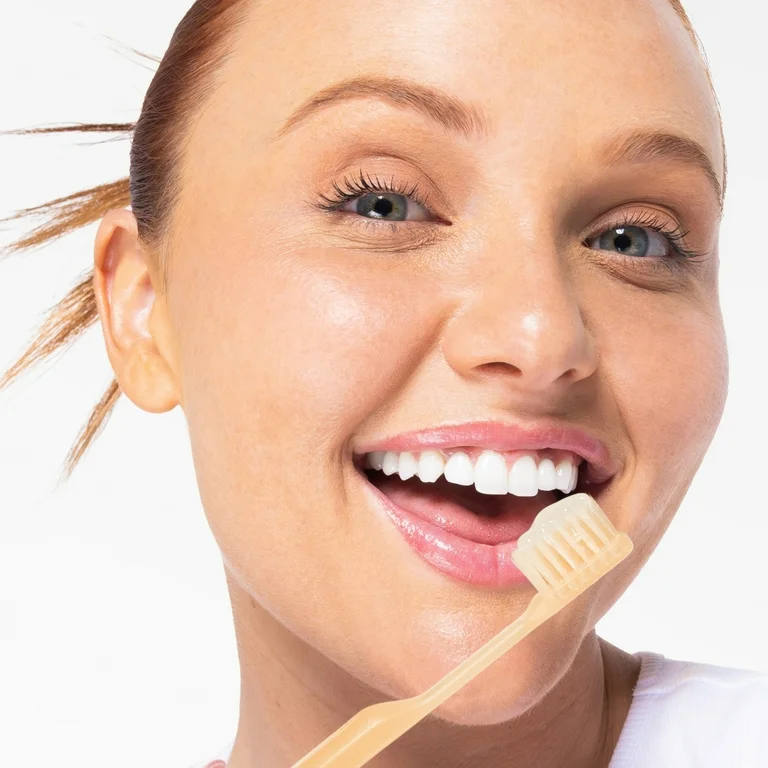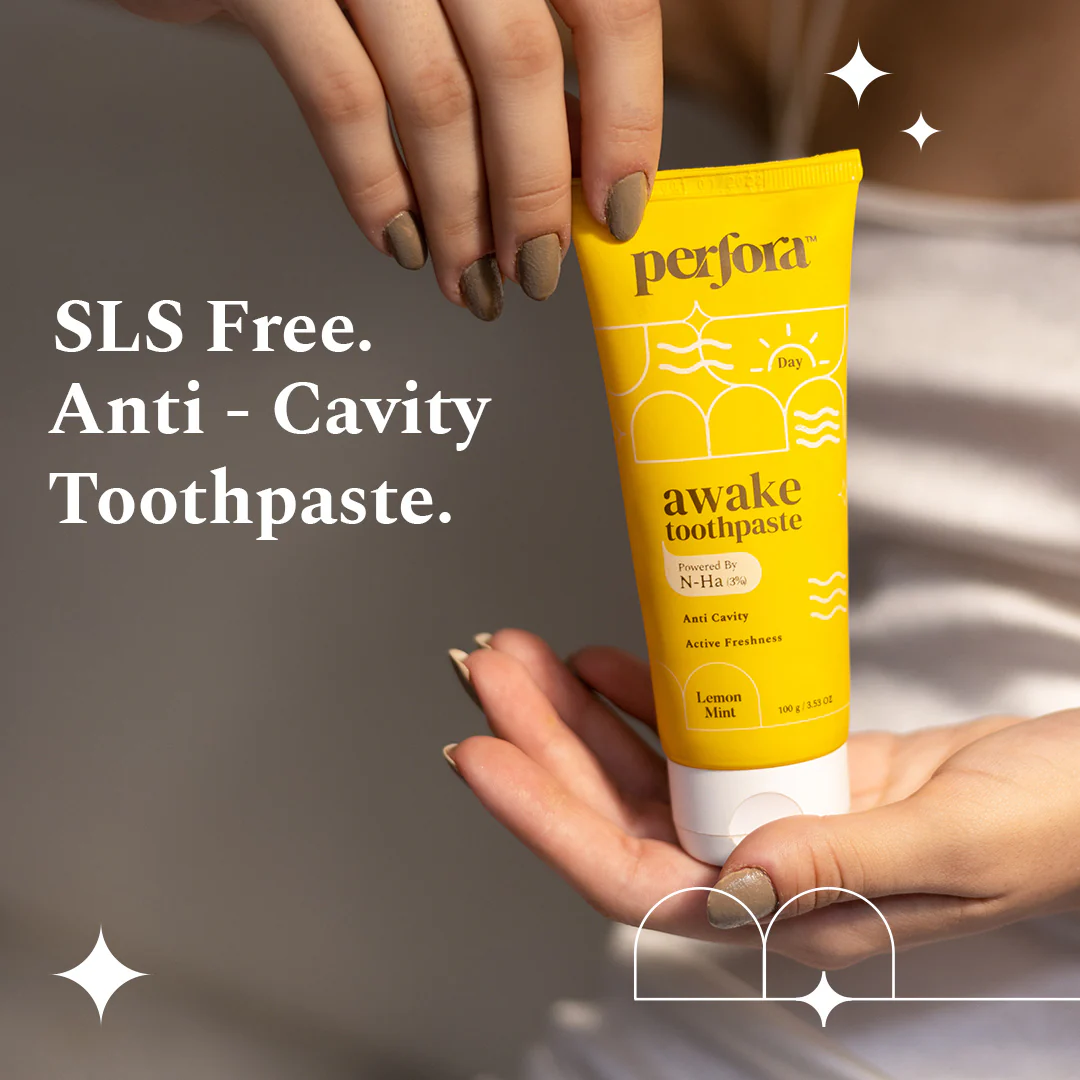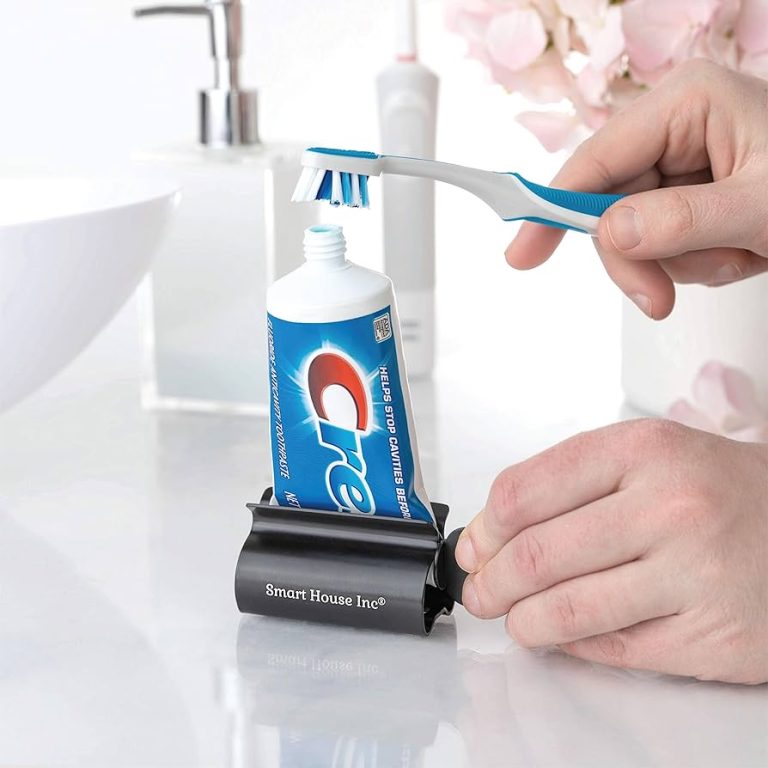
Sensodyne Toothpaste Alert: Ingredients to Avoid
Introduction to Toothpaste Ingredients and Health Concerns
Toothpaste is a staple in daily hygiene. However, certain toothpaste ingredients can pose health risks. Some ingredients may cause irritation or contribute to more serious health issues. Being informed about these ingredients is crucial. It ensures we make safe choices for ourselves and the environment. This blog will explore these concerns in detail. We will examine common harmful ingredients found in toothpastes like Sensodyne. Harmful ingredients in sensodyne toothpaste: Understanding what’s in your toothpaste can help protect your health and well-being.

Common Harmful Ingredients Found in Toothpaste
When choosing toothpaste, it’s important to be aware of certain harmful ingredients. These can impact not only oral health but overall well-being. Harmful ingredients in sensodyne toothpaste: This section will highlight some of the key ingredients to avoid.
Triclosan
Triclosan, once common in toothpaste, can disrupt thyroid function and lead to antibiotic resistance. While now banned in the U.S., check and discard any old toothpaste that may contain it.
Microbeads
Microbeads were used for abrasion but are now recognized for their environmental harm and are no longer included in toothpaste formulations.
Charcoal
Charcoal can wear down enamel and cause sensitivity. It’s best avoided, especially for daily use, as it may harm rather than help your teeth.
Sodium Bicarbonate (Baking Soda)
Baking soda can be too abrasive for teeth, potentially damaging enamel and irritating gums. It can also disrupt the mouth’s pH balance.
Sodium Lauryl Sulfate (SLS)
SLS can cause irritation in the mouth, including ulcers and chapped lips. Look for SLS-free toothpaste if you experience adverse reactions.
These ingredients can cause more harm than good, and avoiding them can help keep your teeth and body healthy. Always read labels carefully and choose toothpaste that promotes dental health without risky ingredients.
The Case of Sensodyne: Analyzing Ingredients
For those who regularly reach for Sensodyne toothpaste, understanding the ingredients is key.Harmful ingredients in sensodyne toothpaste: Sensodyne is often marketed for its ability to soothe sensitive teeth and prevent cavities. However, even such specialized toothpaste can contain ingredients that warrant a closer look. Let’s dive into some of the additives found in various Sensodyne products and discuss their implications.
Potentially Harmful Ingredients
Despite Sensodyne’s positive aspects, some of its variants may include ingredients that have been flagged for potential health concerns:
- Titanium Dioxide: Used to make toothpaste appear white, it has raised concerns about accumulation in the body and potential damage to genetic material. Although it’s not an immediate threat when used in toothpaste, it is best to be cautious about long-term exposure.
- Sodium Lauryl Sulfate (SLS): This foaming agent can irritate the mouth, leading to sores and ulcers, especially for those with sensitive mucosa. SLS-free options might be a safer choice for these individuals.
- Artificial Sweeteners: Ingredients like saccharin, used for taste, have been questioned for their potential link to health issues like cancer in animal studies.
- Fluoride: While fluoride is effective against tooth decay, overconsumption can lead to dental fluorosis, particularly in children. It’s important to use fluoride toothpaste properly, teaching kids to spit it out after brushing.
The Importance of Ingredient Awareness
It’s crucial to not only rely on brand reputation but also understand what goes into our toothpaste. Even though Sensodyne products are specifically formulated to aid those with sensitive teeth, it’s still essential to verify their ingredients. By doing so, we can ensure we are not inadvertently introducing potentially harmful substances into our oral care routine. This awareness allows us to make informed decisions for our health and the environment.
In conclusion, while toothpaste brands like Sensodyne offer benefits for dental sensitivity, it’s important to examine their ingredients closely. Avoiding potentially harmful additives and opting for safer alternatives can help maintain both our oral and overall health.

Understanding Fluoride: Benefits and Risks
Fluoride plays a key role in toothpaste formulas. Harmful ingredients in sensodyne toothpaste: It fights against tooth decay by strengthening enamel. Despite its benefits, fluoride prompts debates concerning its safety. Excessive fluoride can cause dental fluorosis in children, which is why care is necessary.
When fluoride is in correct amounts, it offers protective benefits for our teeth. It interacts with tooth enamel and can repair minor damage. This process helps prevent cavities and maintain overall oral health.
On the other hand, too much fluoride poses several risks. For children under six years old, ingestion of large amounts of fluoride toothpaste may lead to the development of dental fluorosis. This condition results in changes to the appearance of the tooth enamel. These changes might include white specks or streaks, and in severe cases, brown stains or pitting.
What makes fluoride particularly concerning is its potential for toxicity. Swallowing toothpaste with fluoride can lead to nausea, vomiting, and more severe health problems. Such risks explain why you should teach children to spit out toothpaste and use only a small amount.
The Danish Consumer Council observes that fluoride toothpaste is beneficial for cavity protection. However, it advises moderation, especially for children. Unlike other fluorinated substances(PFAS) which can be harmful, toothpaste fluoride strengthens tooth enamel, as noted before.
To leverage fluoride’s benefits while minimizing risks, proper usage is crucial. Adults can use fluoride toothpaste safely. Still, they should supervise kids to ensure they use a pea-sized amount and don’t swallow. With proper education and handling, it’s possible to enjoy the benefits of fluoride toothpaste and reduce its unintended risks.

Alternative Natural Ingredients for Oral Health
When seeking alternatives to standard toothpaste, natural ingredients stand out for their benefits. Here, we explore safe, natural options to enhance your oral health without the risks of harmful chemicals.
Safe Substitutes for a Healthy Smile
- Coconut Oil: Known for its antimicrobial properties, coconut oil can reduce harmful bacteria in the mouth.
- Aloe Vera: Soothes mouth sores and helps heal gums. It can also help fight plaque.
- Baking Soda: In moderation, it gently cleans and whitens teeth. However, use sparingly to avoid abrasion.
- Tea Tree Oil: Its natural antiseptic properties can help combat gum disease, but should be used diluted.
- Peppermint Oil: Offers a fresh taste and can help kill bacteria that cause bad breath.
- Xylitol: This natural sweetener fights tooth decay and is often used in sugar-free chewing gums.
- Charcoal: While controversial, it’s an effective stain remover. Consult a dentist before use.
- Sea Salt: As a mild abrasive, it can help dislodge debris from teeth. Rinse thoroughly after use.
By incorporating these natural ingredients into your oral care, you can help maintain a healthy mouth. Still, remember that moderation and proper dental practices are key to avoiding damage. It’s always best to discuss changes to your oral health routine with a dental professional.
How to Read Toothpaste Labels for Safer Choices
Reading toothpaste labels is crucial for choosing safe products. Here’s how to do it effectively:
Identify Potentially Harmful Ingredients
Start by identifying ingredients known to cause harm. Common ones to avoid include Triclosan, Sodium Lauryl Sulfate (SLS), and Titanium Dioxide. Reference the ‘Common Harmful Ingredients Found in Toothpaste’ section for more details.
Look for Key Beneficial Components
Search for ingredients that benefit dental health. Fluoride is a key component that strengthens enamel and fights decay. However, be cautious with children, as too much can cause fluorosis.
Check for Artificial Sweeteners and Colors
Inspect the label for artificial sweeteners like saccharin or colors such as CI 77891 (titanium dioxide). These may look appealing but offer no health benefits. Opt for toothpastes without these additives.
Review Environmental Impact
Choose toothpastes free from microbeads and other environmentally harmful substances. These not only pose health risks but also harm waterways and marine life.
Confirmation of Certification
Look for approvals or certifications from dental associations. These reassure that the toothpaste meets health and safety standards.
By following these guidelines, you can make safer and more informed choices about the toothpaste you use daily.

The Impact of Toothpaste Ingredients on the Environment
The environment suffers from certain toothpaste ingredients. Microbeads, once common in toothpaste, are a significant example. They do not dissolve and pollute waterways, hurting aquatic life. Many countries have banned microbeads due to their environmental impact.
Toothpaste tubes themselves also pose environmental challenges. Most are made from plastic combined with aluminum. This mix complicates recycling processes. Few recycling facilities accept these tubes, leading to landfill accumulation.
Furthermore, chemicals like triclosan not only pose health risks but also environmental ones. When washed away, triclosan can contribute to water pollution. It disrupts aquatic ecosystems and promotes antibiotic-resistant bacteria.
Choosing eco-friendly toothpaste options is essential for environmental health. Look for products with natural ingredients and recyclable packaging. By doing so, you contribute to less pollution and a healthier planet.
Professional Recommendations for Choosing Safe Toothpaste
Choosing the right toothpaste is essential for oral and environmental health. Here are expert tips for making safe choices:
- Avoid Harmful Chemicals: Steer clear of toothpaste with triclosan, SLS, and other harmful ingredients listed prior.
- Look for Natural Ingredients: Opt for toothpaste that includes natural and organic components. These are generally safer.
- Choose Fluoride Wisely: Use fluoride toothpaste, but with care. Ensure kids use only a small amount.
- Check Labels: Read the ingredient list on toothpaste packages. Avoid those with questionable additives.
- Seek Certifications: Pick toothpaste endorsed by reputable dental organizations. This indicates safety and effectiveness.
- Think Green: Go for toothpaste with eco-friendly packaging. This helps reduce environmental harm.
- Consult Your Dentist: Get advice tailored to your specific dental needs from a professional.
By following these guidelines, you can protect your teeth and the planet. Look for toothpaste that supports dental health without the risks associated with harmful substances.

